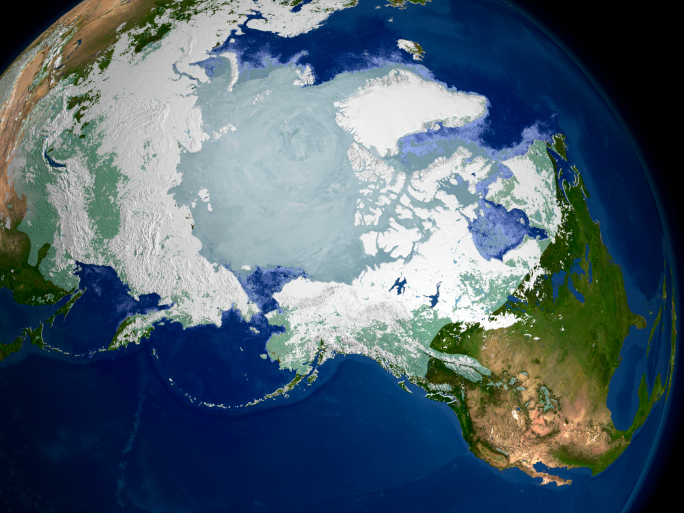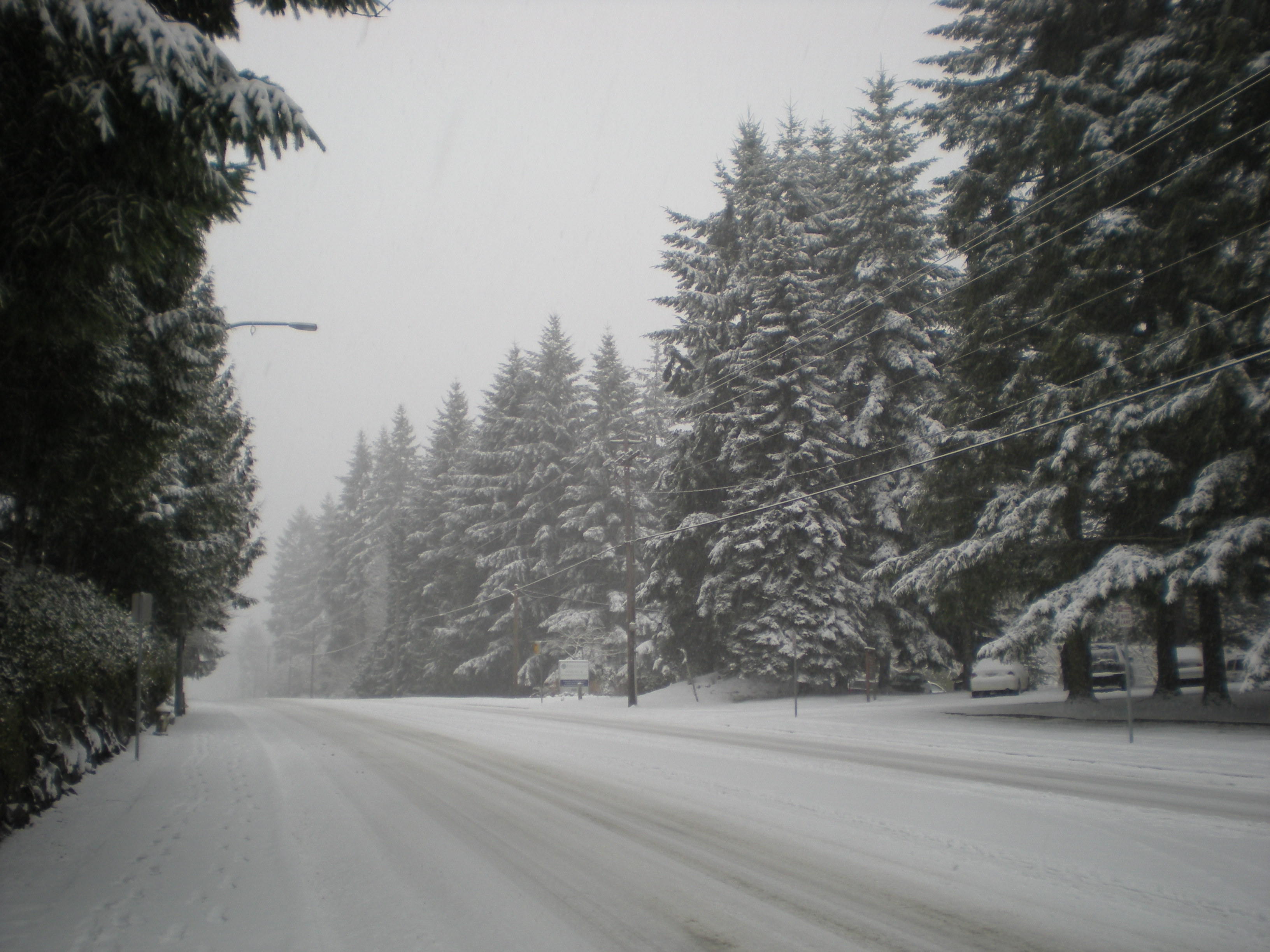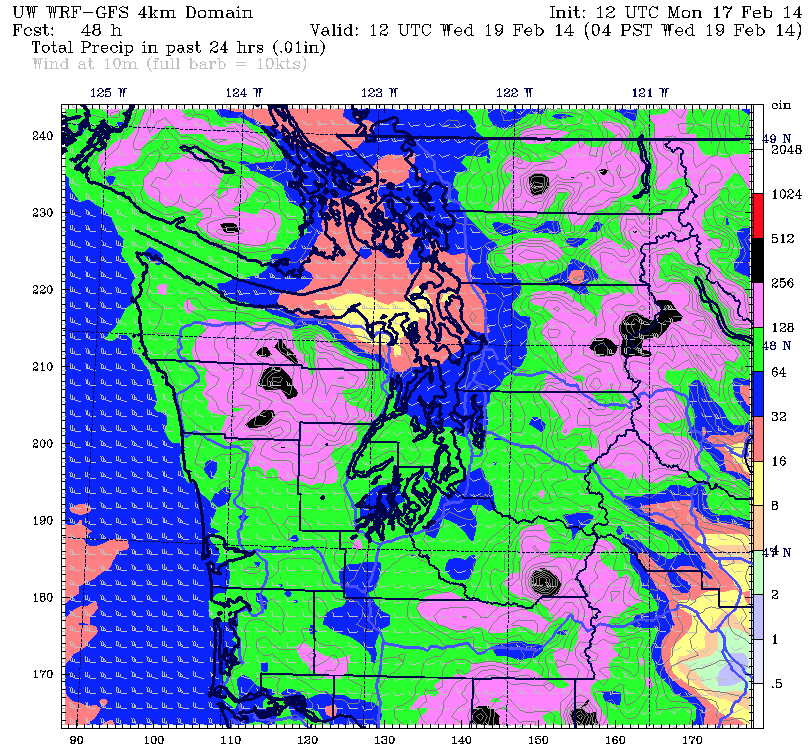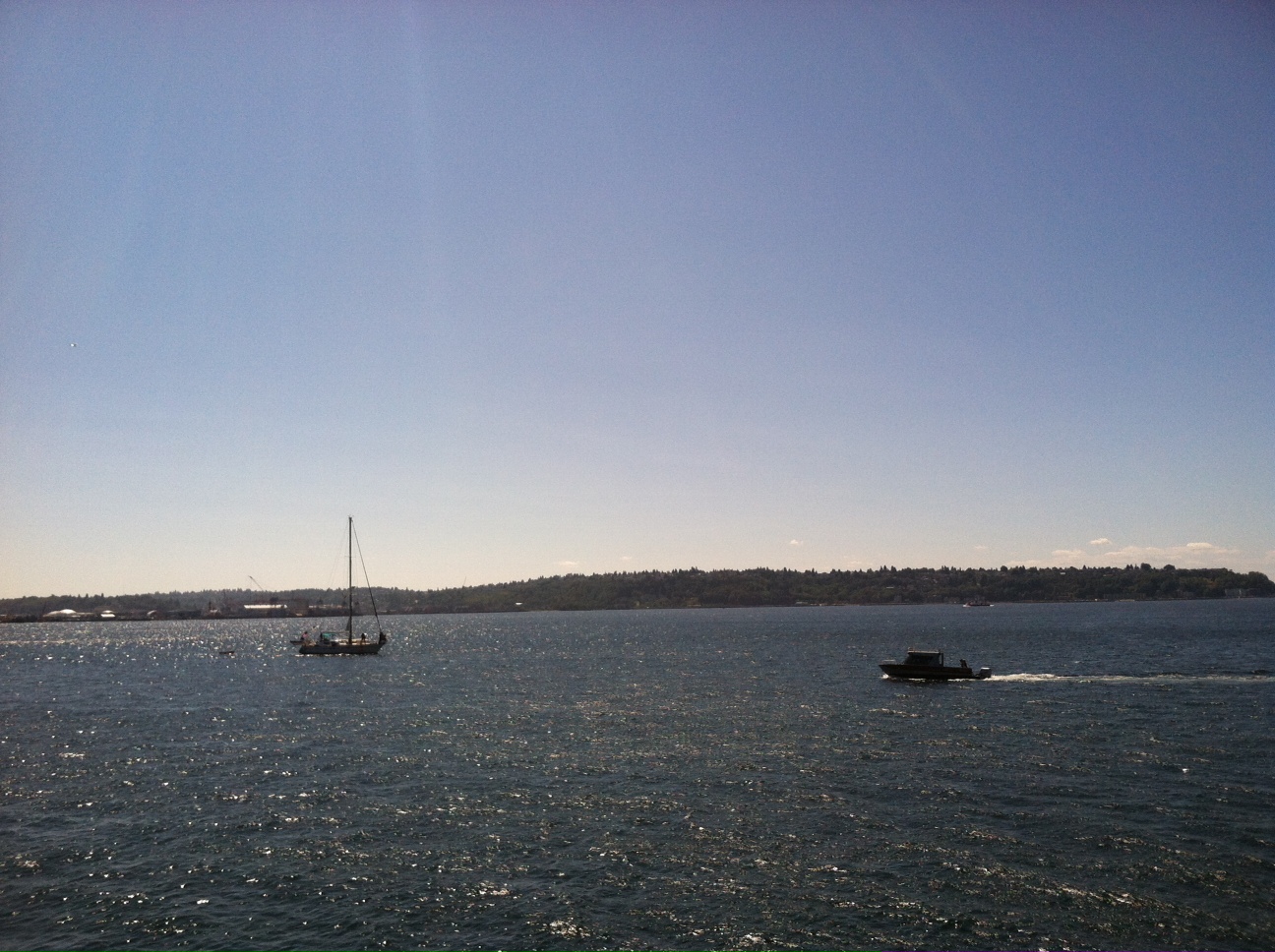By Laurisha Cotton
Last month was Earth’s warmest in the satellite era. While Seattle continues to get pounded with rain, The Land of the Big Bear, a.k.a. Russia, is getting attacked from below through permafrost thaw. The Pacific Northwest National Laboratory pinned the phenomenon on little-known microbes residing in the Earth’s “dark matter.”
Permafrost is defined as ground (soil or rock) that remains at or below 0°C for at least two consecutive years. The Puget Sound region doesn’t have permafrost, though seasonally 36 inches of soil is frozen in eastern parts of the state. In Russia, however, permafrost covers 60% of the country’s territory, though that figure is expected to quickly diminish 10-18% by 2030.
Over many thousands of years, frozen layers of the earth’s soil have accumulated reserves of carbon that total more than twice the amount currently in the atmosphere. The Intergovernmental Panel on Climate Change (IPCC), an intergovernmental body underneath the UN, said,
[pullquote align=”full” cite=”” link=”” color=”” class=”” size=””]“Should a sizeable fraction of this carbon be released as methane and carbon dioxide, it would increase atmospheric concentrations, which would lead to higher atmospheric temperatures. That in turn would cause more methane and carbon dioxide to be released, which would further amplify global warming.”[/pullquote]
Climate change impacts Russia in unique ways. While the consequences are not yet epidemic, the government does not have a clear plan to address the problem. The Arctic region is rapidly experiencing climate change, and that change affects Russia more so than other developed countries. Snow cover is at an all-time low, and the Arctic Ocean will soon be free of permanent ice cover, giving Russia more opportunities to pursue oil and gas ventures in the region.
While the Russian economy is set to benefit in the short-term from an increased supply of oil and gas and more land available for agriculture, its infrastructure will require significant investments to replace buildings and oil pipelines that now sit upon murky soil unable to bear the weight of these structures. Permafrost glues the soil together. Currently, there is only one device that can level temperatures underground by only 15 feet at a time and lasts a couple of months.
Building collapses have occurred in Russia, caused for the most part by a weakening of the bearing capacity of the underlying permafrost as it thaws. For example, in 2009, a government building in Yakutsk collapsed due to permafrost thaw and in Norilsk, 40 residential houses had to be demolished.
Climate change also already significantly affects the Russian oil and gas distribution systems, causing disruptions to supply. Across the oil and gas pipelines of Western Siberia there are around 35,000 accidents annually. Nationwide, permafrost thaw accounts for 17% of all pipeline deformation (pipelines stemming from track). The thawing conditions will require Russia to modernize its oil pipeline infrastructure, which could cost up to 55 billion rubles annually according to Greenpeace.
The Russian government has half-heartedly sought viable solutions to its permafrost problem. In 2010, President Medvedev held a Security Council meeting on climate change to ensure Russia will be ready to tackle the problem. At that time, Medvedev felt that Russia lagged behind in forecasting and research. Yet, Russia has not released any working group materials to set new procedures or a timetable to address the effects of the thaw. Moreover, it is unknown just how expensive it will be for Russia to modernize its oil industry in response to climate change.
A recent study of the economic effects of climate change on infrastructure in Alaska concluded that an additional $3.6-6.1 billion USD will be required to maintain infrastructure between 2010 and 2030. If the US will need to spend nearly $6 billion for infrastructure in Alaska, Russia will arguably need to spend significantly more considering its land size and population.
About four million people are permanent residents in Russia’s Arctic regions. In comparison, Alaska has a population of 700,000 and only one large city (Anchorage, with a population of 300,000 people). In addition, there are 800 miles of pipeline in Alaska versus Russia’s 246,982 miles. Still, Russia does not have a short- or long-term plan; everything is ad hoc.
Changes in the climate can go unnoticed in the short-term, but the long-term consequences cannot. The challenges posed by a thawing Siberia will eventually be costly for Russian industry. Russia can afford proactive measures (building new pipelines and buildings), but recent geopolitical conflicts might vastly increase budget expenses. This in turn means permafrost would become even less of a priority for the Russian government, and figurative and literal cracks in Russia’s infrastructure are likely to commence.
As for pipelines, new ones should be built to go deeper into the Earth’s crust for protection, again a costly endeavor. Historically, Russia has relied on Western experts for new innovations, but with Russia closing its doors to the Western world, permafrost thaw could prove to be a costly challenge.
Laurisha Cotton is a young documentarian and European scholar. She earned her master’s degree in European & Eurasian Studies from The George Washington University and currently resides in “the other Washington.” During her quarterly visits to Seattle, she always checks in with the Seattle Weather Blog.





